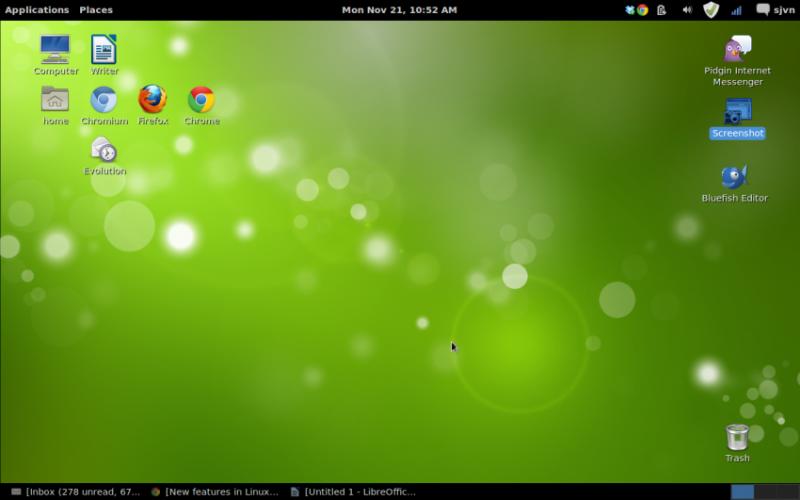


The output should look similar to below: Description:ĝebian GNU/Linux 9.5 (stretch) Instead of printing all of the above information, you can display the description line, which shows your Debian version passing the -d switch. As you can see from the output above, I have Debian GNU/Linux 9.5 (stretch) installed on my system. The Linux distribution and version are shown in the Description line. This command should work on all Linux distributions that have the lsb-release package installed: lsb_release -a No LSB modules are available.ĭescription:ĝebian GNU/Linux 9.5 (stretch) The lsb_release utility displays LSB (Linux Standard Base) information about the Linux distribution.
#LINUX VERSIONS HOW TO#
This article shows how to check what Linux distribution and version is installed on your system using the command line. For example, determining the Linux distribution can help you figure out what package manager you should use to install new packages. When you log in to a Linux system for the first time, before doing any work, it is always a good idea to check what version of Linux is running on the machine. Some of the most popular Linux distributions are Debian, Red Hat, Ubuntu, Arch Linux, Fedora, CentOS, Kali Linux, OpenSUSE, Linux Mint, etc. Usually, Linux distributions include desktop environments, package management system, and a set of preinstalled applications. A Linux distribution is an operating system made from a Linux kernel, GNU tools and libraries, and software collections. Strictly speaking, Linux is a kernel, the core component of the operating system that, simply put, acts just like a bridge between the software applications and the hardware. When people refer to Linux, they are usually referring to a Linux distribution.


 0 kommentar(er)
0 kommentar(er)
